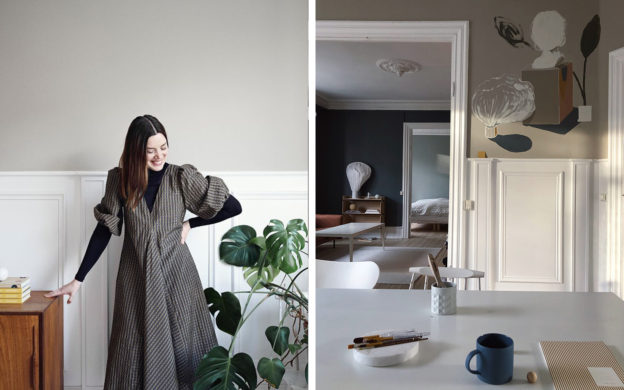The walls of Norwegian illustrator and graphic designer Trine Natskår’s Copenhagen apartment are decorated with lively murals that she painted herself. Natskår has been drawing ever since she was a child and enjoys letting her imagination run free, drawing from intuition. Her drawings, illustrations and graphic design can best be described as colorful and light-hearted, yet relaxed.
Natskår runs her own studio in Copenhagen, where she has lived for almost half of her life. She moved to the Danish capital from Stavanger, Norway, when she was only 19 to study visual Communication at The Royal Danish Academy of Fine Arts. As an artist, Natskår strives to find the balance between her two mediums. As a graphic designer, she designs magazines and books, while as an illustrator, she taps into her artistic and intuitive side.
We spoke to Trine Natskår about the different aspects of her work and style, how she ended up studying in Copenhagen, and the ups and downs of running her own studio.
Why did you move to Copenhagen?
I originally wanted to go to England because I had lived there before; I hadn’t considered Denmark. Then a girl at a study arrangement changed my mind after telling me about this great school in Copenhagen that was almost impossible to get into. I became obsessed with getting in! It just seemed right, somehow.
I thought going to Copenhagen would be easy-peasy. But it turned out to be harder than I imagined. The city was huge, I was only 19, and I had a hard time understanding the language. So, it was quite demanding in the beginning. It worked out great in the end.
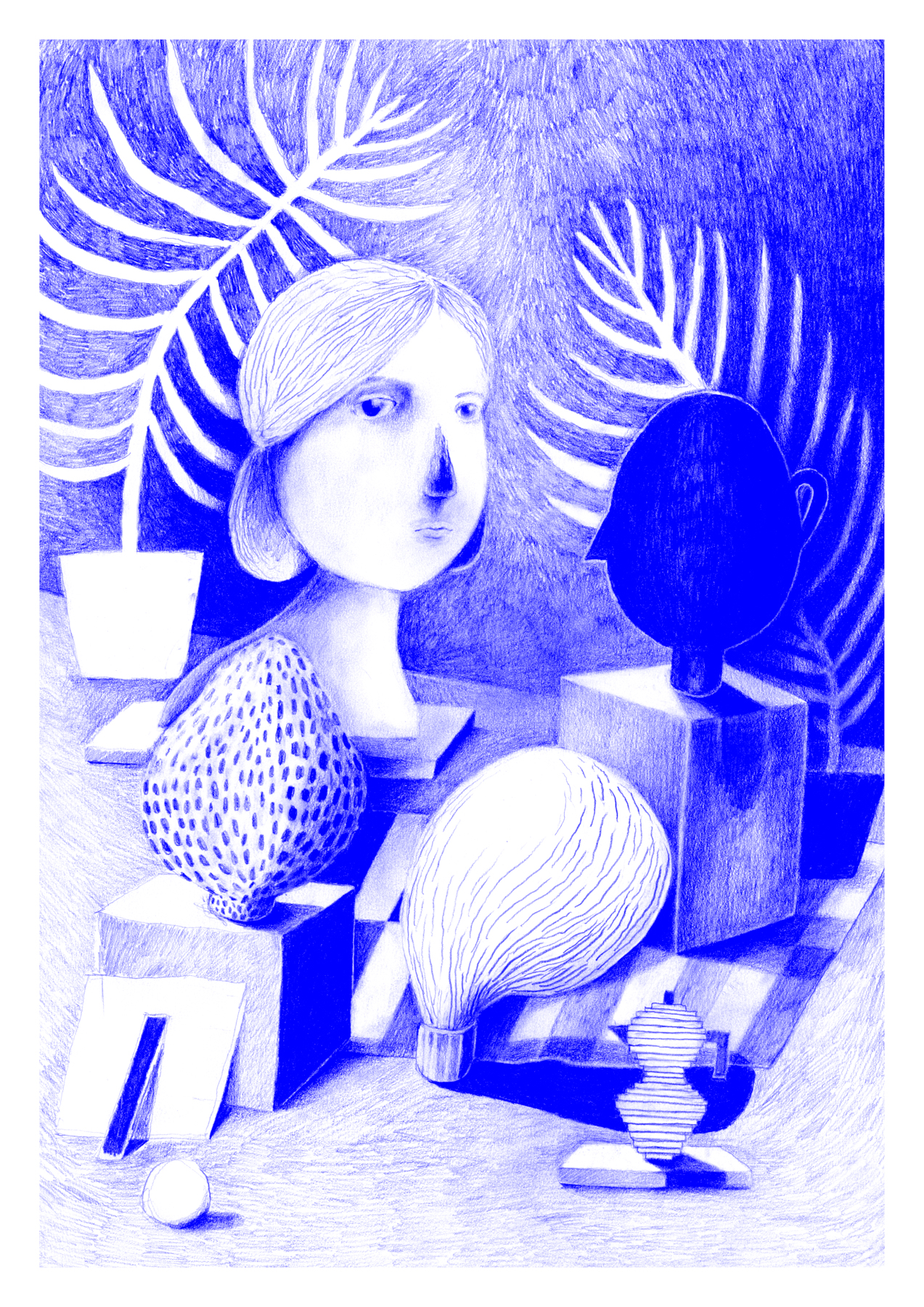 |
 |
Left: ‘Atelier’ Pencil Drawing; Right: ‘Les Soeurs’
How would you describe your style? And all the different aspects of your work?
There are so many different aspects to the things that I do, and somehow they fit together quite well. I may develop something using graphic design, or when illustrating, then I can combine them. So I grow a little in each direction, and then I can make them fit together.
I tried to do more illustrations in 2019. When I started my company, I had to think about surviving; graphic design for magazines was best suited for that. Illustrations, however, were my starting point. I explored a more artistic side of myself. Now I’m trying to combine the commercial projects with the artistic ones.
I do some magazines for a couple of months, and then I have some time to do more pencil and artistic drawings that are very personal to me.
Drawing has always been a bit of an escape for me; it’s very intuitive. I don’t think much about what I draw. Technique is also important: I enjoy doing shadowing and line drawing.
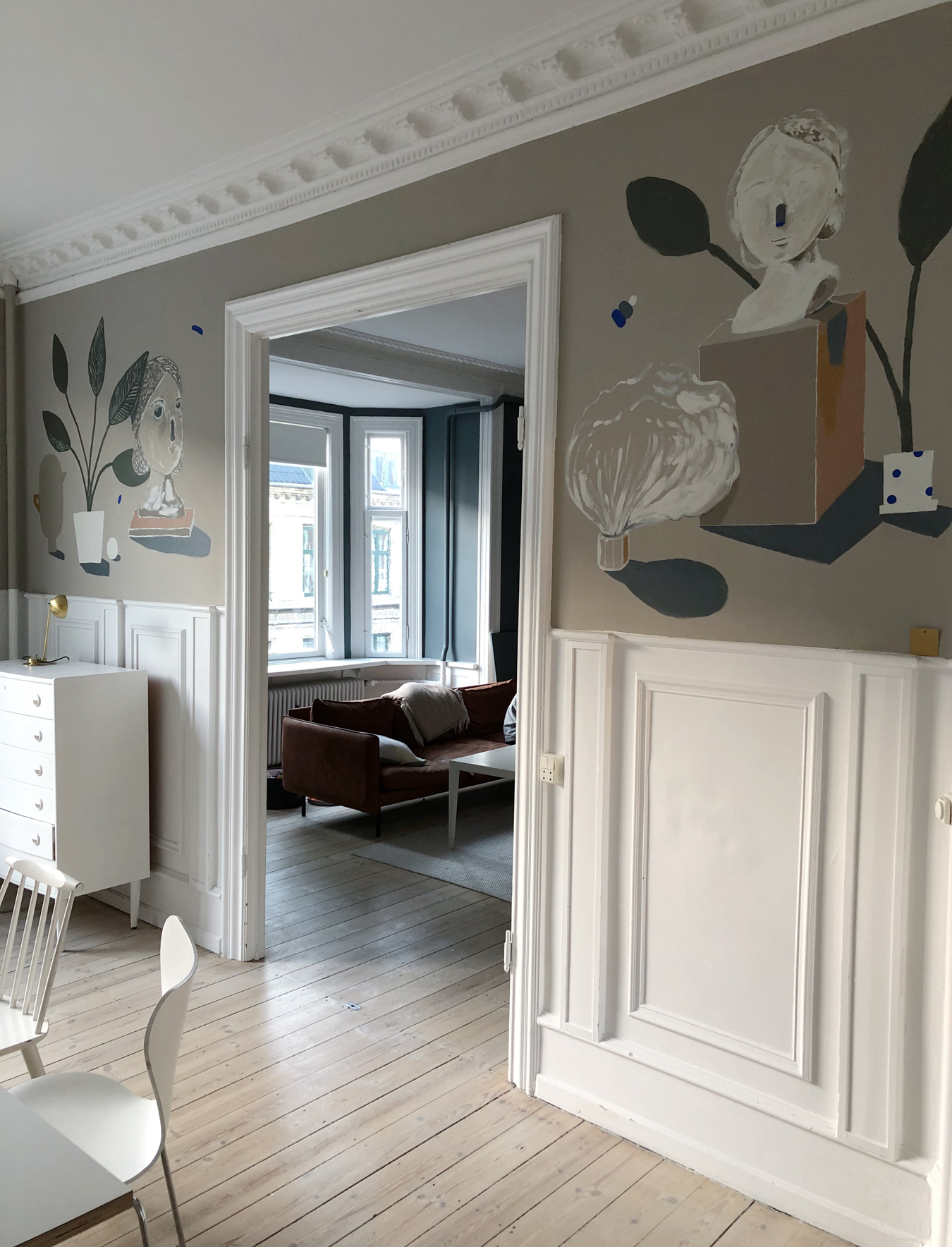 |
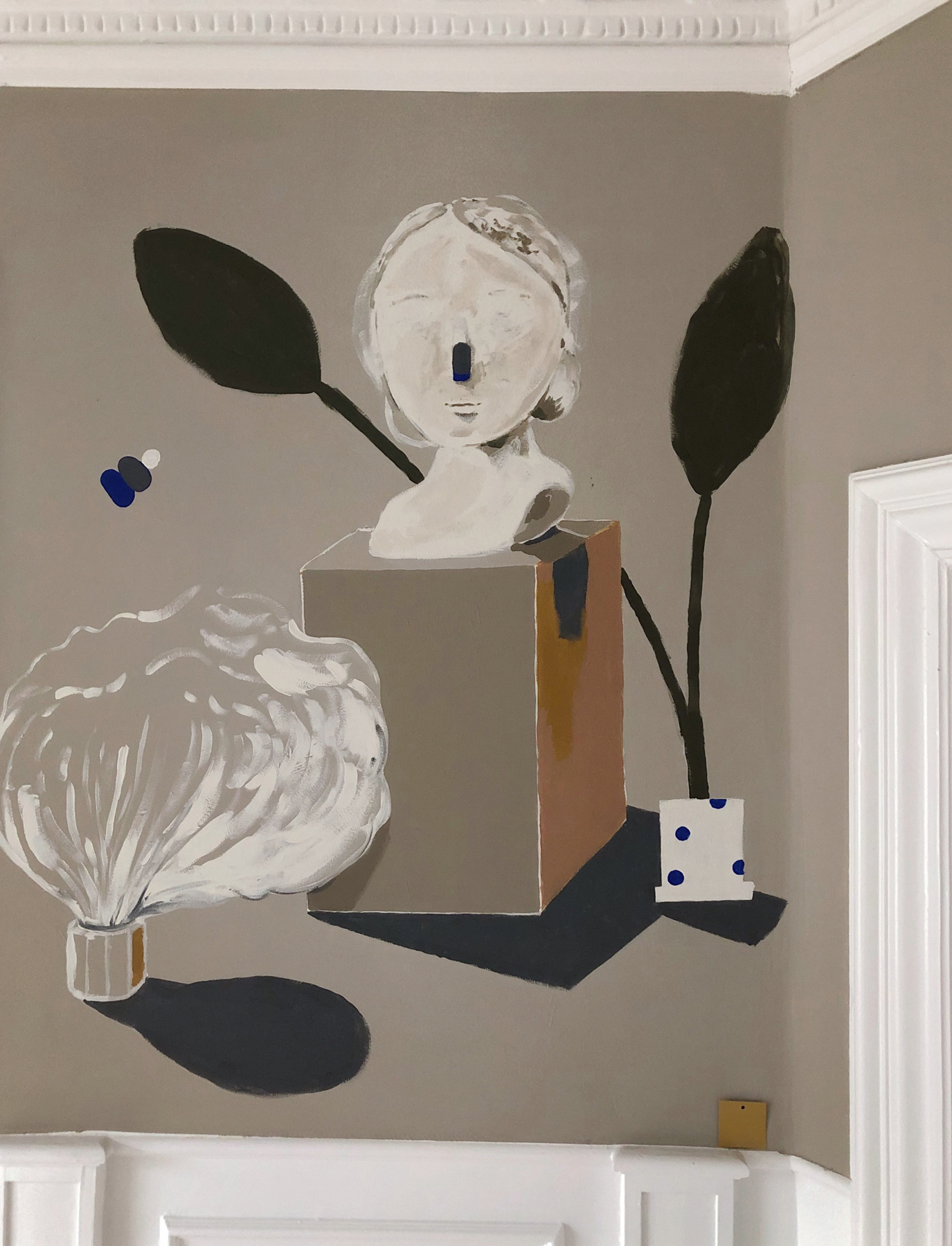 |
Above: The walls of Trine Natskår’s Copenhagen apartment are decorated with lively murals that she painted herself
What inspires your drawings?
It varies quite a lot: interior design, fashion, other illustrators, daily life. I also do a lot of music-inspired drawings. That is a very intuitive way of working; listening to music while doodling and letting my imagination run free.
Of course my kids’ drawings inspire me as well. I think they are amazing. I love kids’ drawings: they’re just real somehow. With me, things sometimes get too perfect. So I like searching for the imperfections.
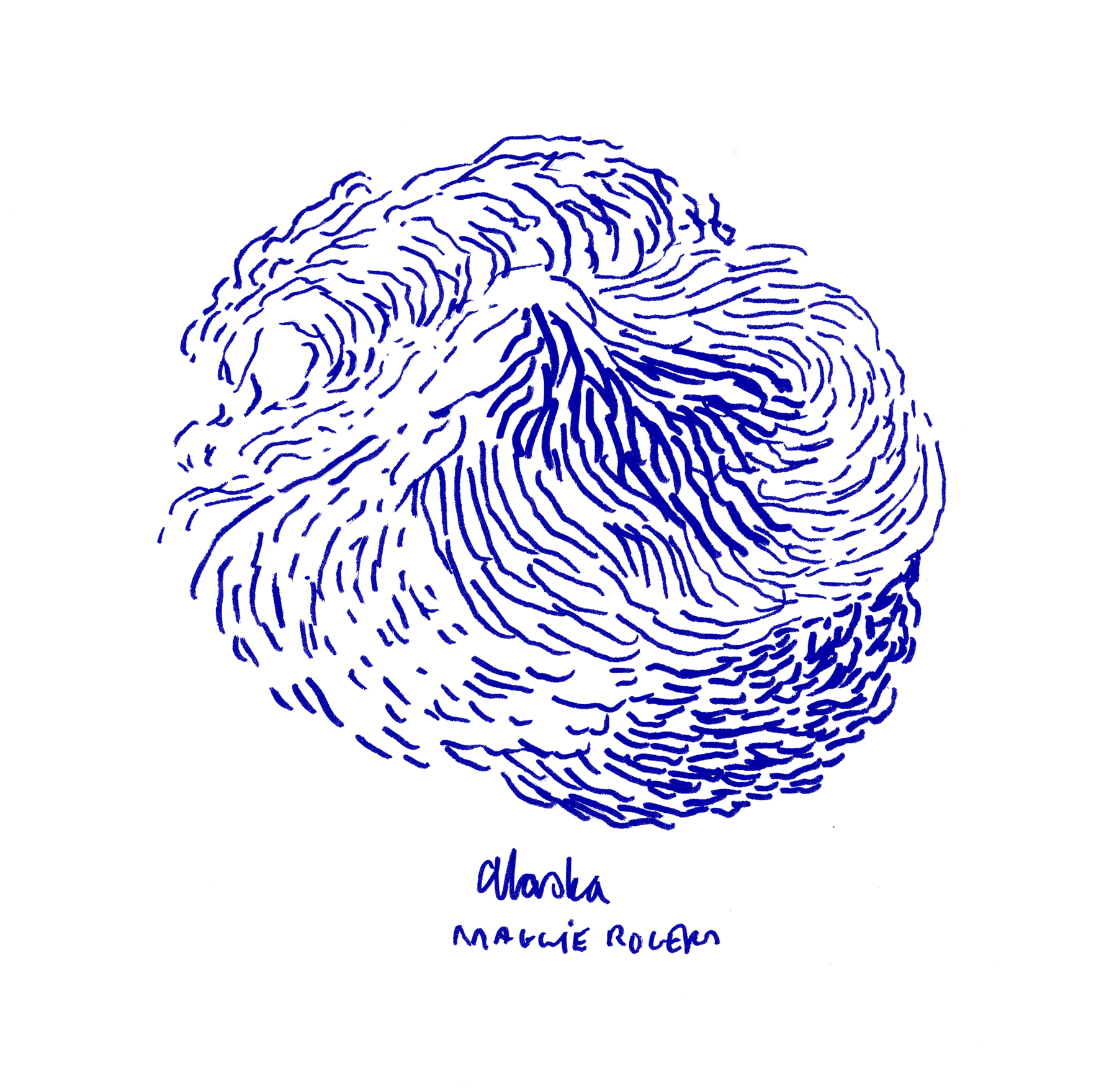 |
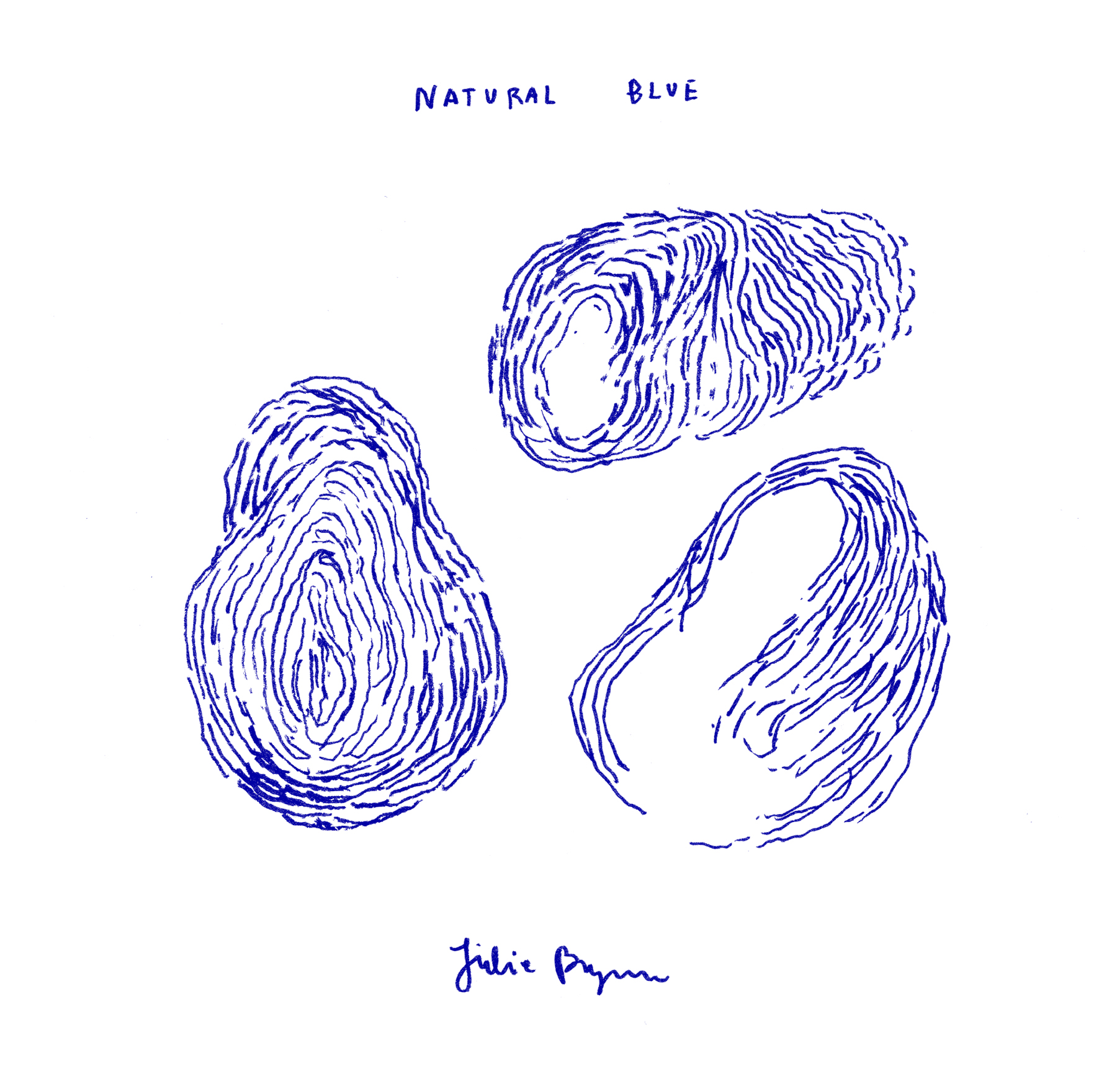 |
Above: ‘Music drawings’ by Trine Natskår
How do you decide what projects to take on as a graphic designer?
Usually they come to me. I started designing for a magazine about climate and energy, called Foresight, five years ago. I built that project up from scratch; the identity, the templates, everything.
Because of Foresight, I now have more clients from the same publisher, and they want to use those same templates. It has developed into more and more of the climate sector. That was never my intention, but I feel very privileged to have the opportunity to do it because it’s an intriguing topic. It’s also challenging because we have many varying issues. One issue is maybe about pipes, which are not visual at all. So it’s a great challenge for me artistically to make something like that look nice, and I’ve learned quite a lot through it.
 |
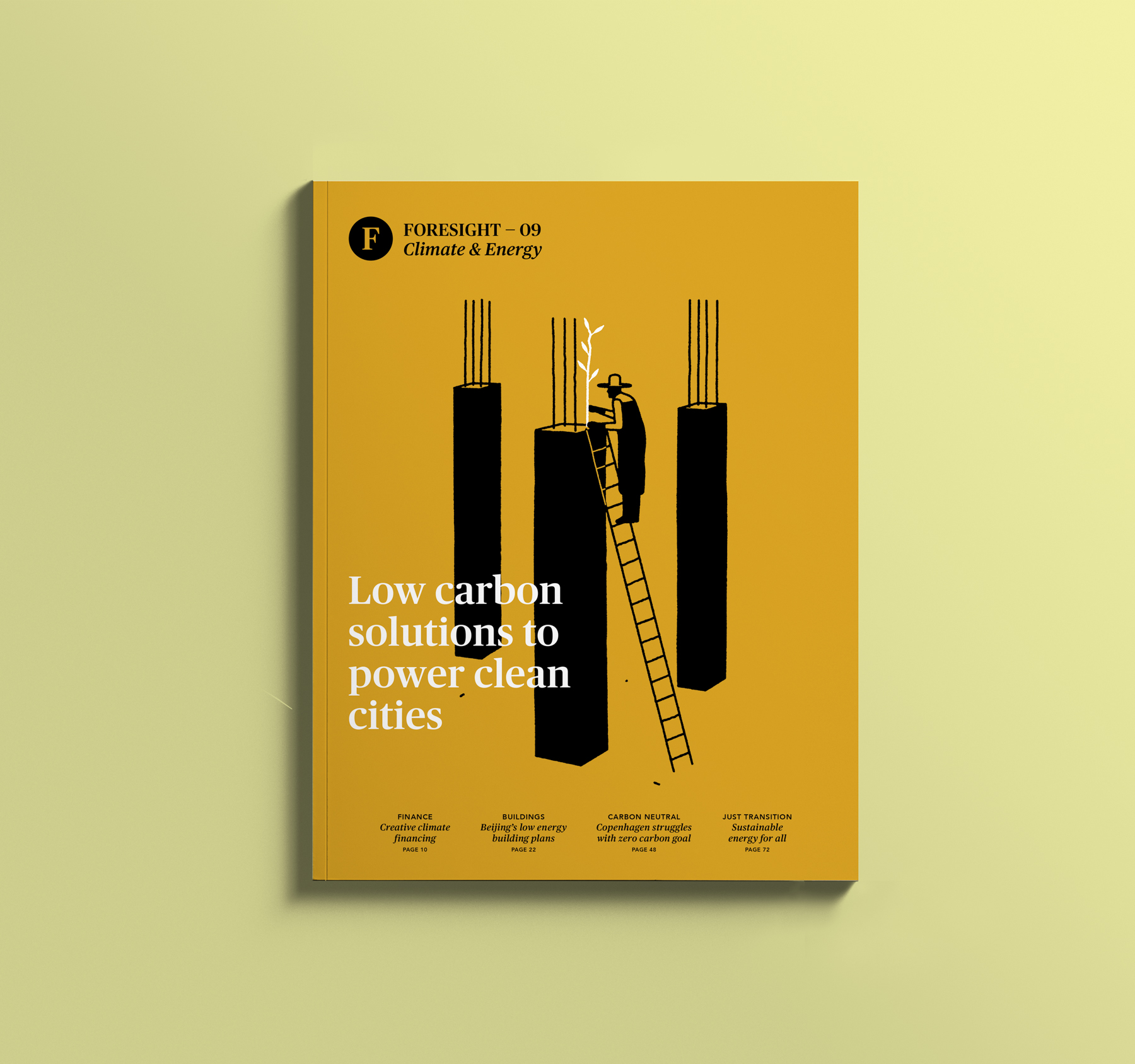 |
Above: Trine Natskår is the Art Director and Graphic Designer for Climate and Energy magazine Foresight
We’re going to launch a magazine next week that’s also Foresight, but it’s a new edition about global health. The issue is about obesity, and I find it a similar challenge: to graphically design something visually engaging without stigmatizing obese people.
There’s a new layer in the design process because I’m doing something with great purpose. I feel so lucky in life doing illustrations for a living that are also about important topics.
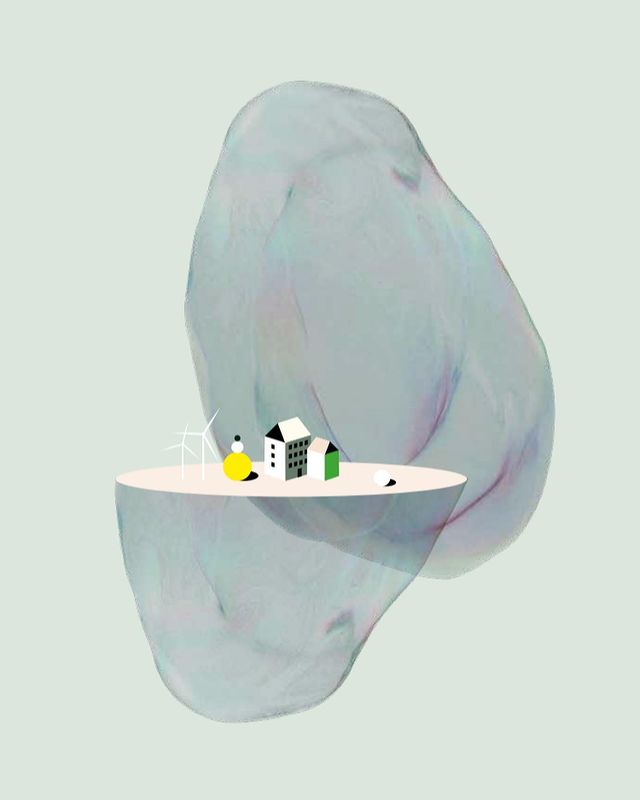 |
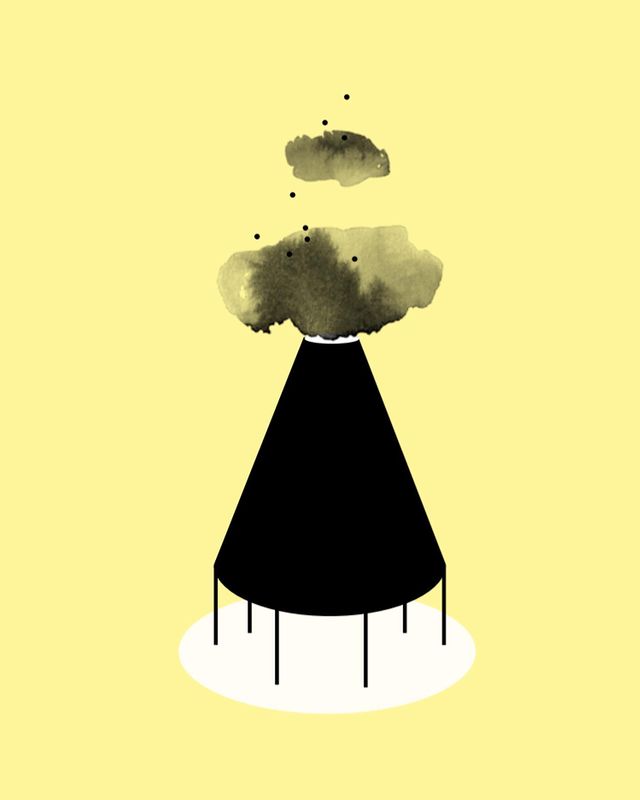 |
 |
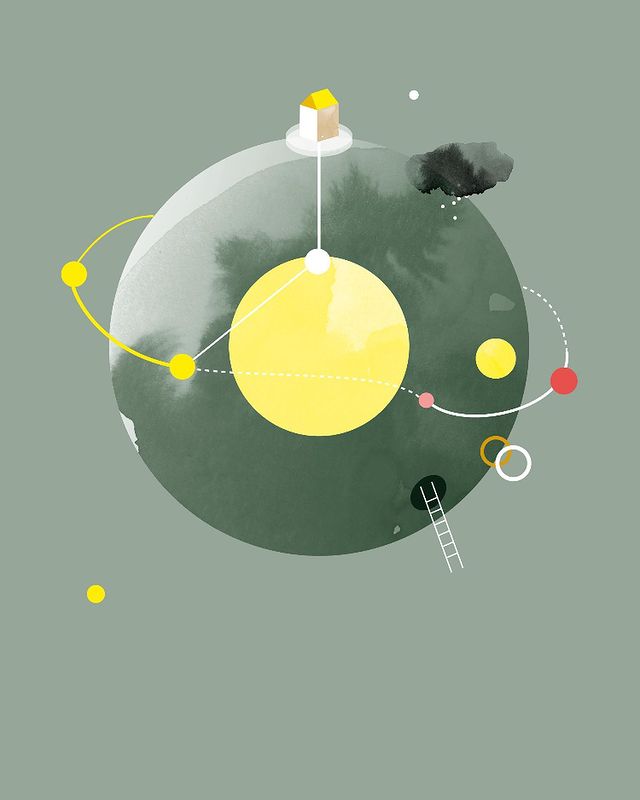 |
Above: Trine Natskår’s illustrations in Foresight
You run your studio; why did you start it, and what are the pros and cons to doing it all yourself?
I think it’s great to run my own studio. I’ve run it for five years now, and it would be hard for me to be employed by someone else again. I like the flexibility. I have two kids, and it’s nice to have an open schedule for them. It’s also nice being my own boss. That way I can decide if I would like to do more artistic things and I also get to decide what projects I work on.
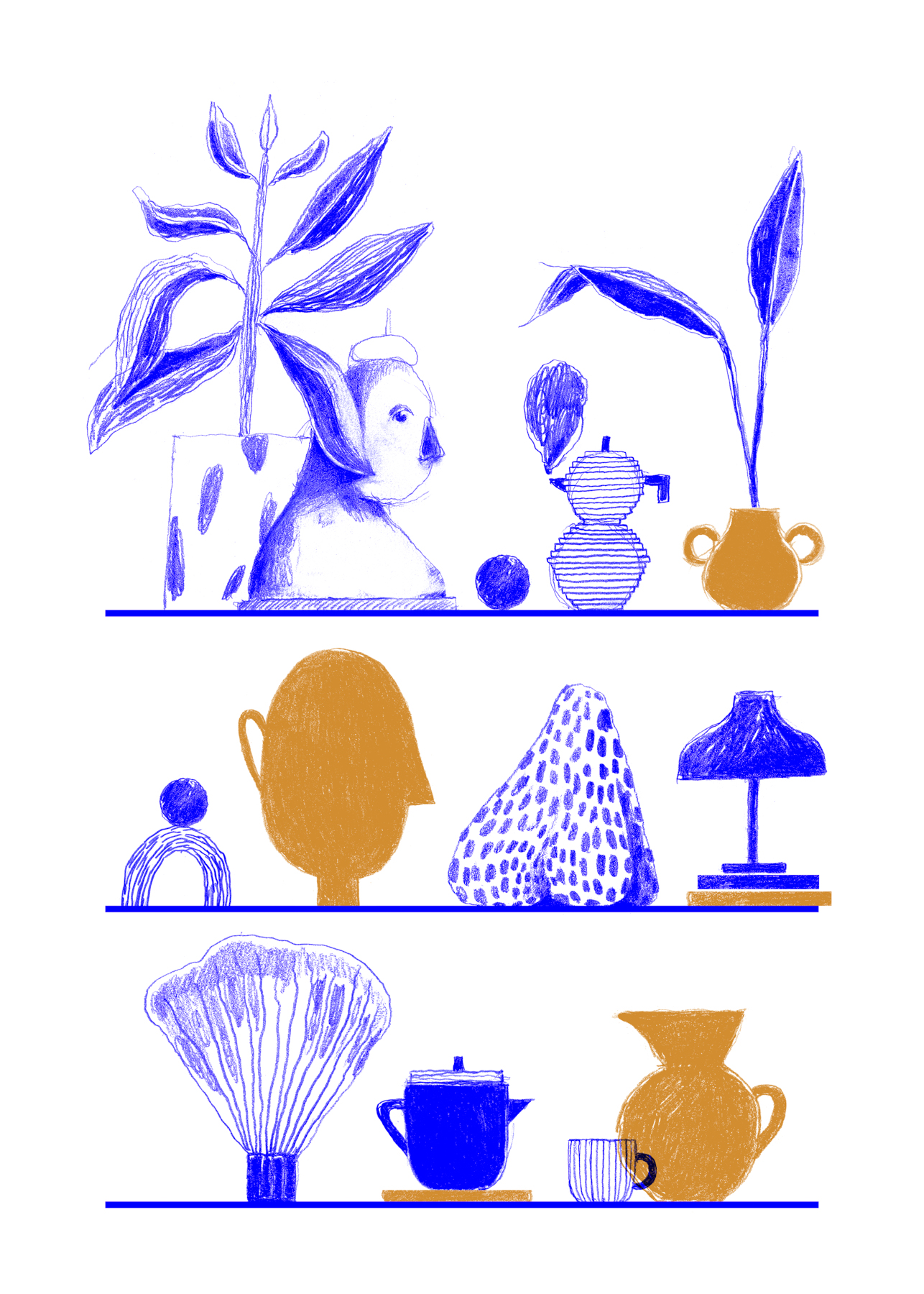 |
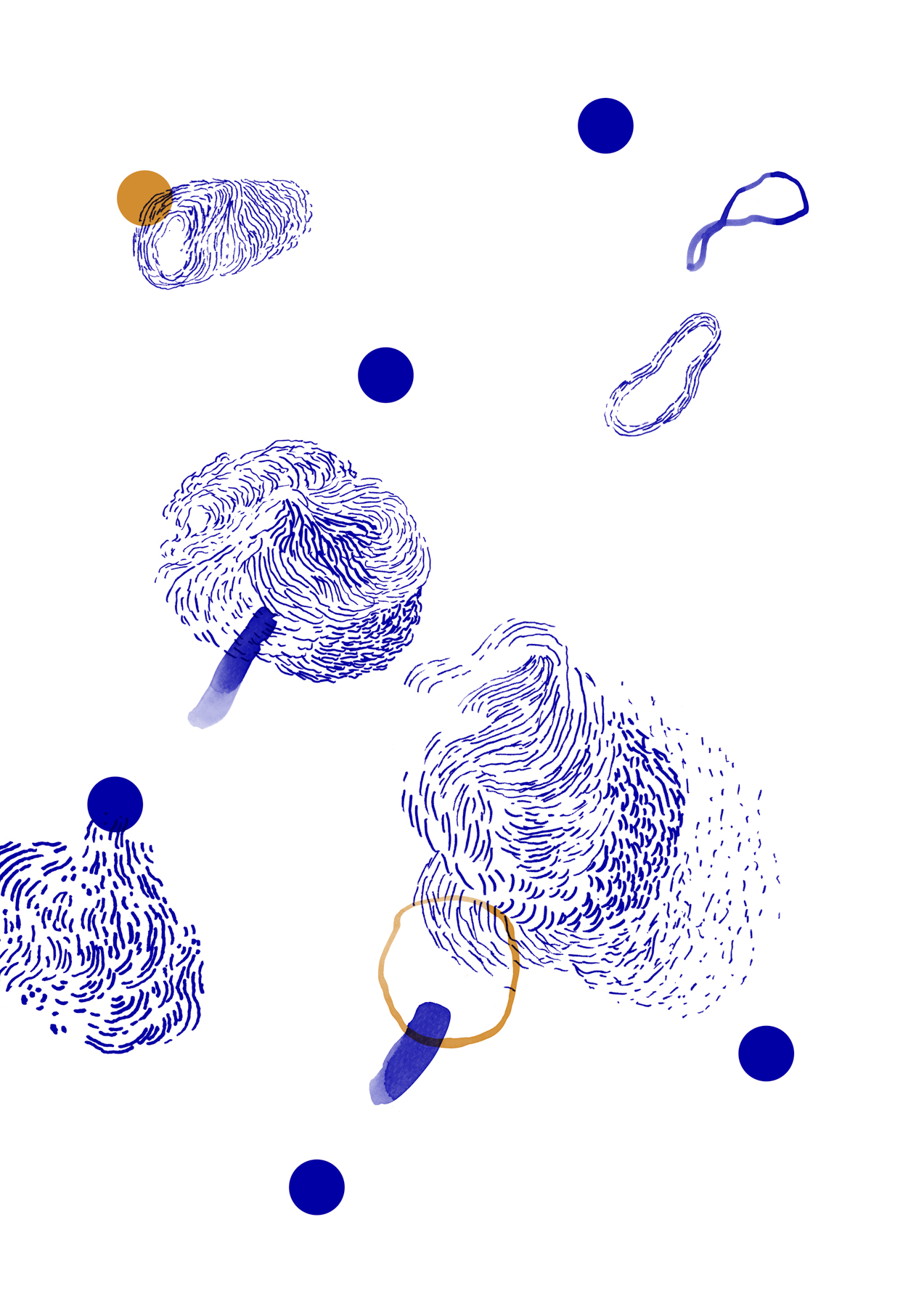 |
Above: Pencil drawings by Trine Natskår
Before I went into working on my own, I found it hard to find real passion. I cherish having my own thing. When it’s going well, it makes me very proud. On the other hand it takes a lot of work taking care of the finances and such. I can be busy for months and then I can have two months where I’m not. It can be quite stressful! In general, I’m happy about it.
Having my studio is better for my creativity, and I have some customers and collaborators I’ve been working with for many years. So it feels like I have some colleagues.
At my office, which is a co-working space, there are also friendly people; a lot of women working in different creative industries. It’s good to have the feeling of belonging to a workplace, and I don’t think it would be good staying at home all the time. It’s nice to be home when I want to, but it’s good to get out and be a little social. If I have some drawing projects, I prefer working at home because they’re more personal.
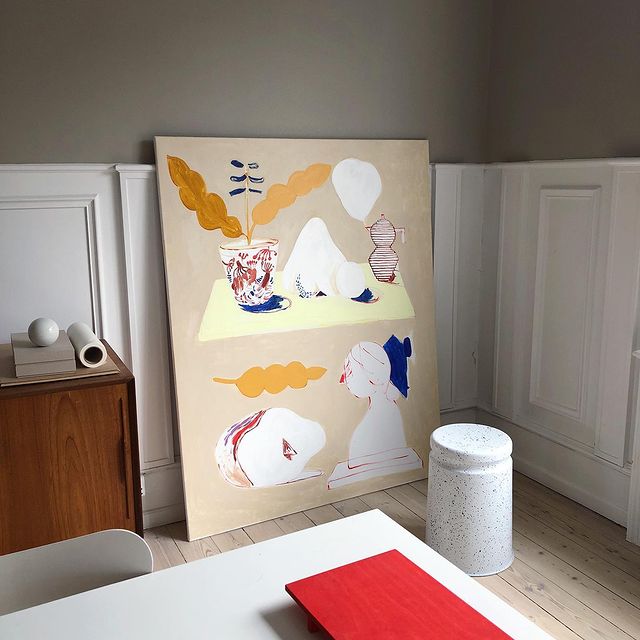 |
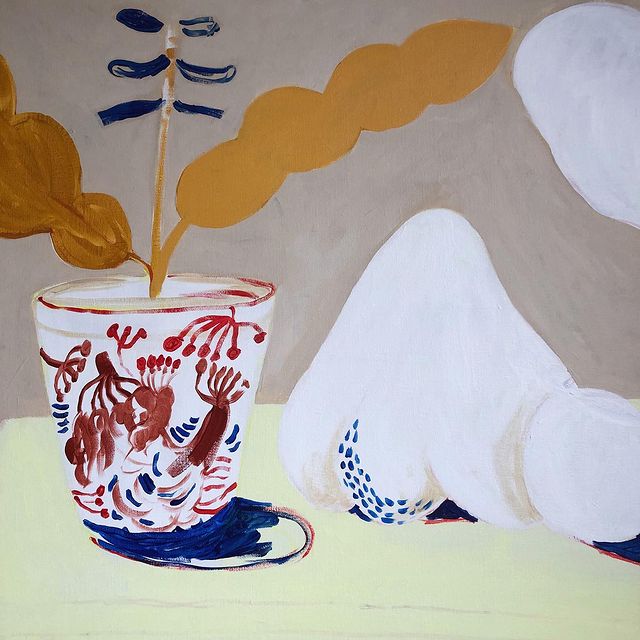 |
Above: Trine’s work in progress at home
What is coming up for you?
I’m doing some illustrations for a local shop. The owner asked me to do some prints, which is a perfect project for me. I just finished a commercial project and now I’m focusing on those illustrations.
I’ve also been collaborating with an architecture office. I’m doing a visual identity for a train station. They’re changing an old train station in a small city called Hjørring into apartments for commuters.
Right now I’m doing more artistic projects. Later on this year, I will do some magazine work gain. So it’s a great mix of everything, which is just as I like it!
 |
 |
Above: Mural work-in-progress
Where can people find your work?
People can find me through my website and on Instagram.
See more of our Artist Spotlight series.
Portrait of Trine by Mikkel Tjellesen.

